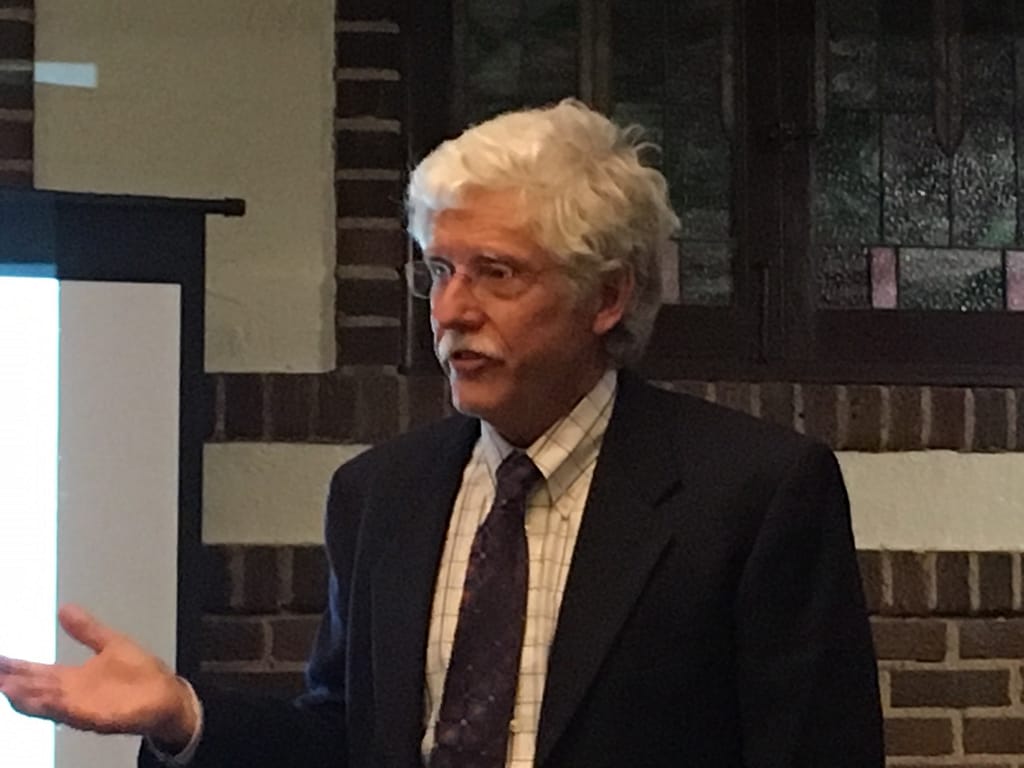
As the U.S. Constitution was being drafted in 1787, a significant concern was how to choose a successor to George Washington as president, KU Political Science Professor Emeritus Paul Schumaker explains. The goal was to establish a state-centric process to do so that would enhance the federal nature of government.
The solution was to have state legislatures select a College of “notable and high-minded” Electors to decide who would be president based on a simple majority vote among themselves. The House of Representatives would choose among the top five vote-getters should there not be a clear winner.
There are 538 electors in the College now, one for each Senator and each Congressional Representative in a state. It will take an amendment to the U.S. Constitution to change the system.
When the public votes for the office of president in the national election every four years, they are really electing the slate of Electoral College representatives. In most states, the winner of the popular vote in a state gets all the electoral votes from that state. Only Maine and Nebraska have decided to distribute the votes proportionally.
As a result of the currrent Electoral College system, states and state parties play a huge role in the nomination and election processes. State rules determine who gets on the ballot and define voter ID and registration rules. Only a small number of states are “in play” during national elections, those where it is unsure whether Republican or Democrat votes will prevail. As a result, there is often lower voter turnout in “safe states.” A mismatch of the popular vote and the electoral votes is more likely under the system.
Schumaker wrote a book on this topic in 2002, Choosing a President: the Electoral College and Beyond. In it, he and others evaluate the Electoral College system and six legitimate alternatives to it. The book discusses how the Electoral College was created, evolved, and currently works and describes various reforms and possible replacements.